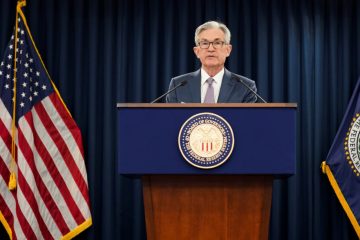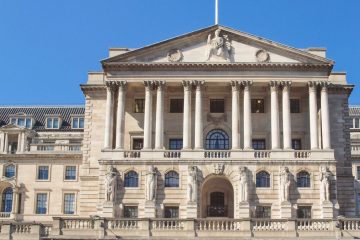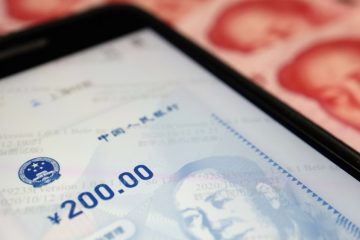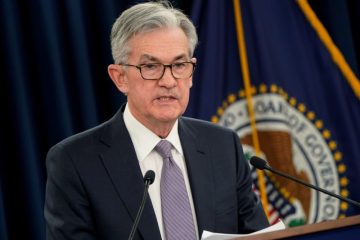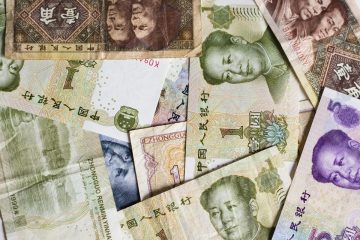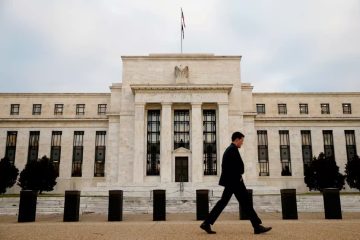Accusations of Currency Manipulation Have Dogged the ECB. Now It’s Fighting Back with Data
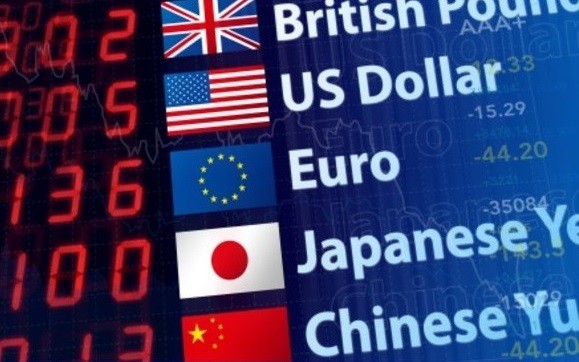
As the euro plumbs new lows, the European Central Bank has decided on a new show-your-cards policy, coming clean to the markets whenever it intervenes in foreign exchange interventions. So far, there’s been very little to see.
Amid U.S. criticism that the bank is actively attempting to devalue the euro, the ECB said it would publish regular quarterly data with a three-month delay from next April onward to enhance accountability. Traditionally, such interventions have been a closely guarded secret.
“These practices go beyond what is strictly required by the Treaty on the Functioning of the European Union,” the bank said in a statement on Friday.
The added transparency could also serve an important disciplinary function. Central banks operating in developed economies like the ECB rarely intervene directly to buy or sell their currency outside of a crisis, and any data suggesting Frankfurt resorted to such a measure would likely be interpreted as a warning sign by investors, as well as a signal to FX traders.
As part of the announcement, the ECB revealed it had only intervened actively on two occasions, with the first being in 2000 to prop up the euro, initially in concert with other G7 nations, and later unilaterally. The second time it participated jointly with other central banks in weakening the yen to support the Japanese economy after the Fukushima nuclear disaster in 2011.
Each time the bank had confirmed after the fact that it had acted, but it did not provide information as to the duration or extent either at the time or in its annual reports. The new policy will now include data backdated to the creation of the currency, so economists will finally learn the extent to which they were willing to intervene.
In adopting the measure, the ECB is playing catch-up with some of its closest neighbors. The Swiss National Bank, which is open about its active policy to weaken the Swiss Franc, publishes data once a year. The UK Treasury, meanwhile, publishes monthly reports about Bank of England interventions.
The upshot is central banks get involved in the currency markets only sparingly, much less frequently than suspicious trading partners might believe. The troubles of the euro, which hit a 29-month low on Tuesday, dipping below $ 1.09, is the reflection of a eurozone economy on the brink of recession, not on a central bank actively pushing down the currency in the hopes of boosting economic output.
Carsten Brzeski, Chief Economist of ING Germany, said that the data would no doubt be interesting from a historical perspective, but he mentioned there might also be a political benefit as well.
“This measure would very elegantly address critics the next time they might argue that Europe is an active currency manipulator, as the data will be publicly available for anyone to see,” he told Fortune.
The move comes after the ECB tried to reflate the euro area’s sagging economic outlook by raising the penalty placed on excess reserves deposited by commercial lenders, and by resuming its asset purchase program (APP). Starting in November, it aims to inject €20 billion into the economy every month in the hopes of spurring loan growth.
At its peak, the ECB created €80 billion of new money per month to buy securities in 2016. The policy was terminated last December, but not before the bank accumulated €2.65 trillion worth of assets in the process, whose accrued principle continues to be reinvested to maintain its balance sheet expansion.
The euro had actually risen slightly from its low point in 2016, but has since fallen steadily over the past 20 months as the trading bloc’s outlook worsens amid a global trade war.
That explanation doesn’t seem to satisfy the euro’s biggest critic, Donald Trump.
Almost immediately after Frankfurt announced its intention last month to resort once more to quantitative easing, Trump lashed out at the institution. “They are trying, and succeeding, in depreciating (sic) the Euro against the very strong Dollar, hurting U.S. exports…,” he tweeted about the ECB, only to then attack the U.S. Federal Reserve for not loosening the monetary spigots as well. “The Fed sits, and sits, and sits.”
ECB President Mario Draghi refuted Trump’s accusation that he was competitively devaluing the euro at the subsequent press conference, telling reporters later that the bank has a mandate to pursue price stability: “We do not target the exchange rate. Period.”
The first line of the ECB’s press release announcing its new transparency measures made this clear. “The exchange rate is not a policy target for the ECB,” the statement read.
More must-read stories from Fortune:
—WeWork IPO filing withdrawn as roadshow leads to a dead end
—What’s the difference between a recession and a depression? Here’s what history tells us
—Charles Schwab on the lessons he’s learned over a lifetime of investing
—The 5 most valuable unicorns, according to their latest funding rounds
—“Performance chasing”—and why it can be perilous for your portfolio


